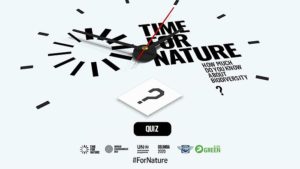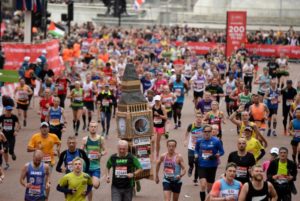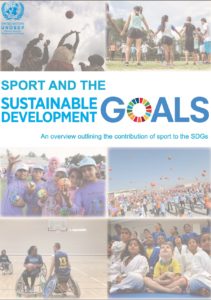
WED 2020 – Take Action For Nature!
For more than a decade, the FIM has been working with the United Nations Environment programme to support one of their largest and recognised […]



London marathon events releases sustainability report
London Marathon Events (LME), has published its first ever environmental report into the delivery of sustainable mass participation events.



Vestas 11th Hour Racing highlights the use of sailing to raise awareness on pressing environmental issues, and help to source solutions to mitigate the problem, while achieving exemplary race results.



This Guide is part of the "Sustainability Essentials" series developped by the IOC. It provides ideas to get you started and examples of progress from across the sporting community. It will help you to create a plastic plan and to work with suppliers, athletes and fans to reduce, reuse and recycle.







Sport Sustainability : Data Gathering issues with Impact Assessment
This module is part of a 12 clips guide created by SportAccord, AISTS, PI, and IOC, to help us understand sustainability as a whole, and look at what it means. Data gathering Issues. Discussing the key priliminary issues like what to measure, where to measure and using results from similar events. This key point also disusses the different methods of data gathering (Quantitative and Qualitative data), validity, reliability and quality of data. (Video 11/12)
















In 1994, the first FIS Mainau Manifesto was unanimously approved by the FIS Congress. This was a pioneering commitment to the responsibility of snow sports towards nature and sustainability. The Manifesto was motivated by the 1992 UN Conference on Environment and Development.




Mainau Manifesto 2.0 approved by FIS Council
This Friday, 5th June is World Environment Day, which provides the perfect opportunity to formally share the newly-updated Mainau Manifesto, which was approved by the […]





United Nations
Regular physical activity of moderate intensity – such as walking, cycling, or doing sports – has significant benefits for health. At all ages, the benefits of being physically active outweigh potential harm, for example through accidents. Some physical activity is better than none. By becoming more active throughout the day in relatively simple ways, people can quite easily achieve the recommended activity levels.
The mobility needs of people who walk and cycle – often the majority of citizens in a city – continue to be overlooked, states Share the Road Programme Annual Report 2018, even though the benefits of investing in pedestrians and cyclists can save lives, help protect the environment and support poverty reduction. Meeting the needs of people who walk and cycle continues to be a critical part of the mobility solution for helping cities de-couple population growth from increased emissions, and to improve air quality and road safety.



Sport Sustainability : Introduction to Impact Assessment
This module is part of a 12 clips guide created by SportAccord, AISTS, PI, and IOC, to help us understand sustainability as a whole, and look at what it means. This module starts with why we should measure the impact of a sport event and its importance, and the different stages of an event when it makes an impact. It introduces the key points of the following types of impact (economic, social and environment), data gathering and cost issues. (Video 7/12)















